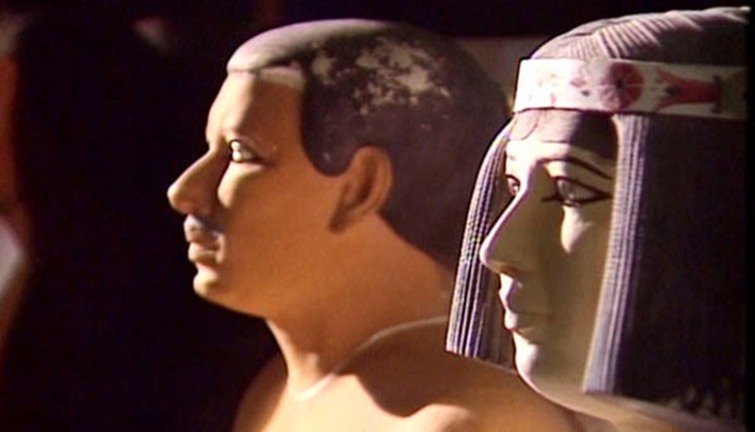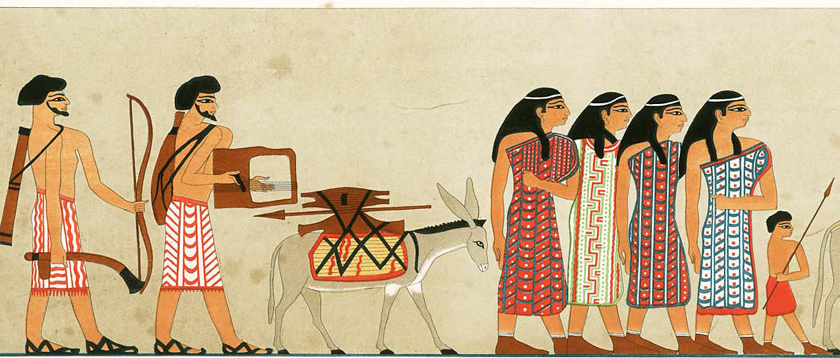Genetic Study Reveals The Surprising Ancestry Of Ancient Egyptians –

The first whole genome analysis of ancient Egyptian mummies has revealed that they were more closely related to other ancient people from the Levant, while modern Egyptians are now genetically closer to Sub-Saharan Africans. The results, published in Nature Communications, could pave the way for future genetic studies of mummies.
The researchers were interested in looking at whether or not population genetics recorded the major shifts in Egyptian demographics. Located as a gateway between two continents, and surviving for thousands of years as Caucasian, Near Eastern, and African empires were rising and falling, Egypt represents an incredible insight into the movement of cultures, ideas, and people.
“We wanted to test if the conquest of Alexander the Great and other foreign powers has left a genetic imprint on the ancient Egyptian population,” explained Verena Schuenemann, one of the lead authors of the paper. To do this, they recovered the mitochondrial genome from 90 mummies, as well as for the first time ever the entire genome of three mummies. These were then compared with the genetics of modern Egyptians, to see how they differed.

What they found was very interesting. Over the 1,300-year period that the mummies represented, the researchers found that there was no real shift in genetics, suggesting that despite successive invasions and influxes of foreign people from all over Europe, the Middle East, and Africa, the population genetics stayed surprisingly stable.
When they then looked at how the genetics of the region have changed between then and modern day, they found some significant differences. It turns out that modern Egyptians share more genetic ancestry with Sub-Saharan Africans than ancient Egyptians did, while the ancient Egyptians show a closer genetic affinity with ancient people from the Near East and the Levant.
This suggests that within the last 1,500 years or so, there has been an influx into Egypt of people from Sub-Saharan Africa. Why this has only occurred so recently is not known, but the researchers speculate that it may have something to do with increased mobility along the Nile, more migration, or even perhaps the development of the trans-Saharan slave trade that began roughly 1,300 years ago.
One of the most significant things to have come out of this study is simply the fact that they were able to extract the entire genome from ancient Egyptian mummies. “The hot Egyptian climate, the high humidity levels in many tombs and some of the chemicals used in mummification techniques, contribute to DNA degradation and are thought to make the long-term survival of DNA in Egyptian mummies unlikely,” said Johannes Krause, co-author of the study.
Yet the researchers were able to extract enough DNA to do a full genetic analysis, and this could open the door for more studies in the future.
#archaeohistories






